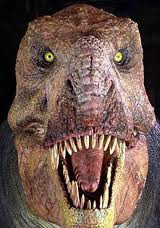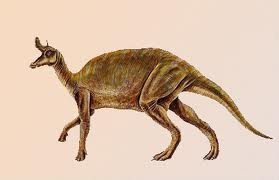
After meeting dirt on a ledge for more than 90 years, two before unnoticed skulls have been recognized as an original dinosaur type which once roamed the plains of southern Alberta.
The skeleton of the recently named Spinops Sternbergorum were at first exposed southeast of Calgary in 1916 by a father and son science squad.
Charles and Levi Sternberg — who are now privileged in the original dinosaur's first name — sent two fractional skulls to London's Natural History Museum and even spoke a guess that the bones might point to a before unidentified dinosaur.
But those investigative the skulls at the British museum at the time disagreed labeled the fossils as "refuse" and the skeleton were punctually beyond for years.
Virtually a century afterward, a squad of global scientists rummaging through the museum's set of skeleton stumbled ahead the skulls, re-examined them intimately and set up that they belonged to a kind unidentified awaiting now.
"We had no plan that it was out there, that's why it was so astonishing to find it," said Andrew Farke, guardian at California's Raymond M. Alf Museum of Paleontology and guide author of a learn which named the original dinosaur.
"When many colleagues and I dotted these specimens in the set, we right away knew it was amazing dissimilar."
The discovery of the original kind comes at a moment when scientists' facts of horned dinosaurs is "rising exponentially," said Farke, who further that Canada has a vital place to take part in the deepening of our information on the creatures that roamed the ground millions of years ago.
"Over the earlier 20 years or 30 years there's been an actual rebirth of paleontology in Alberta," he said. "I think Alberta is going to trait actually highly in the paleontology reports more than the after that little years."



















